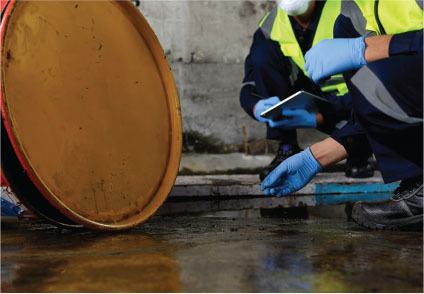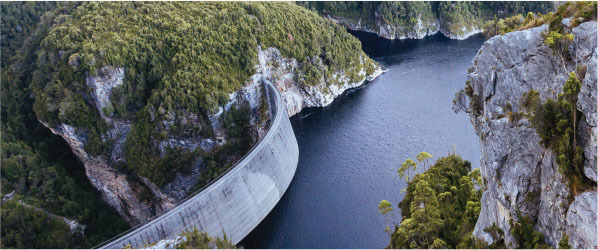March/April 2019
On Ethics: You Be the Judge
Signed, Sealed, Delivered?
Situation
 S. Fujiwhara, a licensed professional engineer, is employed by engineering firm Coriolis Engineering. The firm was hired by a property insurance company to inspect and conduct structural assessments of residential properties damaged by a recent hurricane and to determine whether the damage was hurricane-related (a claim covered by insurance) or due to a preexisting structural condition (a claim not covered by insurance).
S. Fujiwhara, a licensed professional engineer, is employed by engineering firm Coriolis Engineering. The firm was hired by a property insurance company to inspect and conduct structural assessments of residential properties damaged by a recent hurricane and to determine whether the damage was hurricane-related (a claim covered by insurance) or due to a preexisting structural condition (a claim not covered by insurance).
Fujiwhara visits the residential properties and, following his inspection and structural assessment, prepares a series of reports for Coriolis Engineering. The majority indicate that the damage was in fact hurricane-related. He then signs and seals the reports. Nick Carnot, one of the principals of Coriolis Engineering and not a professional engineer, reviews the reports and asks Fujiwhara to make changes to some of the reports to indicate that the residential property damage was not hurricane-related but due to a preexisting structural condition.
Finding no factual or technical basis for the requested change, Fujiwhara refuses to make the changes. Carnot takes the reports and, thereafter, sends them to the client, the property insurance company. Later Fujiwhara hears from residential property owners whose homes he had inspected and determined were damaged by the hurricane. His findings were noted in a signed and sealed report. Those residential property owners advise Fujiwhara that their property insurance damage claims were denied because the signed and sealed report he submitted indicated that the residential property damage was due to a preexisting structural condition. There is no supplemental technical or other information to indicate any basis for the apparent alteration of Fujiwhara’s report.
What Do You Think?
What are Fujiwhara’s obligations under the circumstances?
What the Board of Ethical Review Said
Performing an inspection and assessment of property is one of the most fundamental activities of a professional engineer. Members of the public call upon professional engineers to perform these duties because of the technical knowledge and skill the professional engineer can provide for the client’s benefit.
On different occasions the NSPE Board of Ethical Review has discussed the ethical responsibilities of professional engineers performing services after modifications or changes are made to their work.
The Board thinks two earlier cases (86-2 and 09-6) are very instructive because they turn on the criticality and the seriousness of a professional engineer signing and sealing a set of engineering drawings, a professional report, an analysis, or similar engineering document. Signed and sealed engineering documents signify that the documents in question were either actually drafted by the professional engineer whose signature and seal accompany them or were prepared under the “responsible charge” (direct control and personal supervision) of the professional engineer whose signature and seal accompany them. Any action to subsequently modify any aspect of the engineering documents by any party who did not actually draft the engineering documents or exercise “responsible charge” over the preparation of the engineering documents thoroughly compromises and undermines the integrity and the veracity that this preparation and approval process is intended to embody.
Under the facts of the present case, the signing and sealing of the engineering document appears to have been compromised and undermined for unknown motives and intentions. Such actions cannot be permitted to stand. Fujiwhara has an obligation to take necessary steps to seek understanding as to the apparent reversing of his findings. If no other information is available that would alter his findings, then Fujiwhara should require immediate correction if there is an effort to misrepresent the conclusions contained in his report.
Conclusion
Fujiwhara has an obligation to seek an understanding of his company’s actions and, if there is an effort to misrepresent the conclusion in his report, to seek an immediate correction by contacting appropriate authorities, including the state engineering licensure board and other enforcement officials, as appropriate.
NSPE Code References
Section II.1.a., Section II.1.b., Section II.1.d., Section II.1.e., Section II.1.f., Section II.3.a., Section III.2.b., Section III.3.
For more information, see Case No. 15-2.


 Volunteering at NSPE is a great opportunity to grow your professional network and connect with other leaders in the field.
Volunteering at NSPE is a great opportunity to grow your professional network and connect with other leaders in the field. The National Society of Professional Engineers (NSPE) encourages you to explore the resources to cast your vote on election day:
The National Society of Professional Engineers (NSPE) encourages you to explore the resources to cast your vote on election day:


